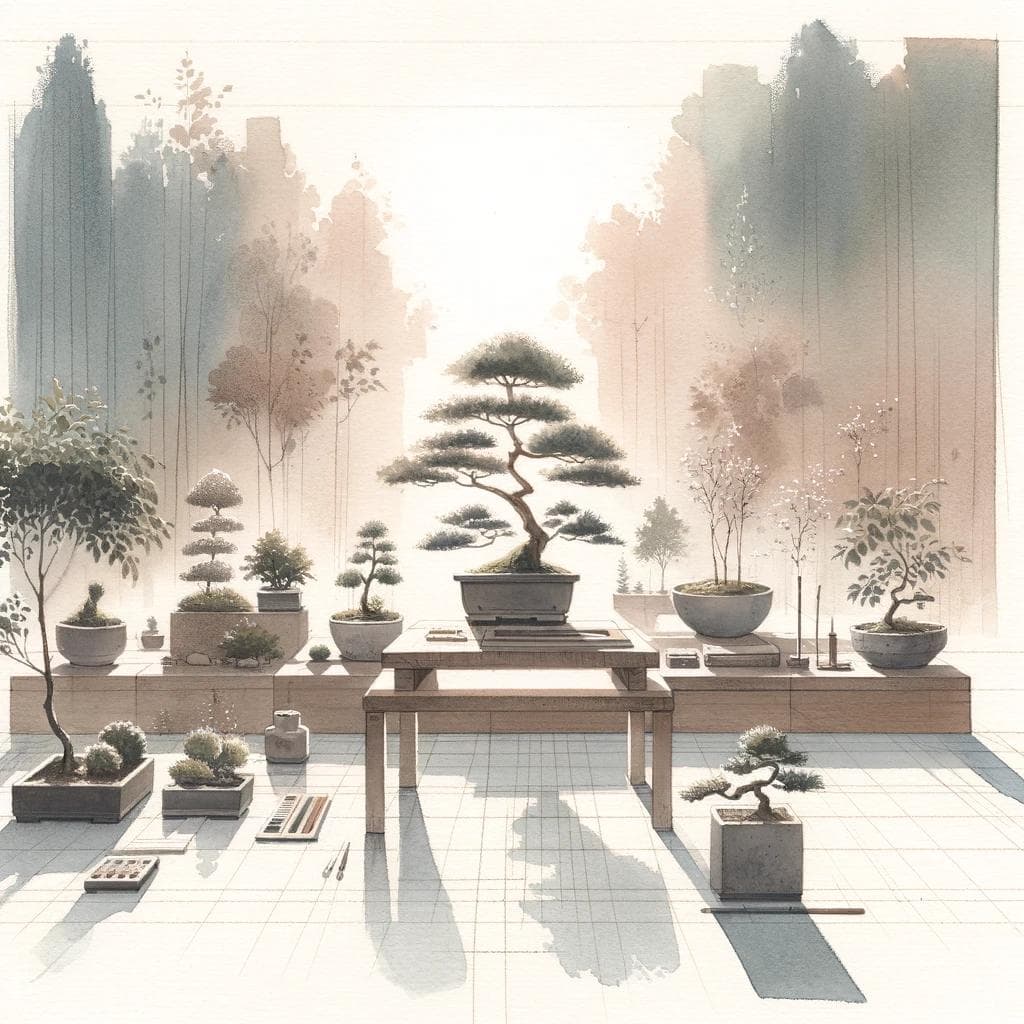The Art and Science of Bonsai: Understanding Its History and Cultural Significance

Introduction:
Bonsai, an art form that combines horticulture with artistic expression, has a rich history spanning centuries. This post delves into the origins of bonsai, exploring how it has evolved over time and its significance in various cultures.
The Roots of Bonsai:
Bonsai’s journey began over a thousand years ago in China, where it was known as ‘penjing.’ This practice involved creating miniature landscapes that represented philosophical ideas of harmony and balance. The art was later introduced to Japan, where it was refined and gained the name ‘bonsai,’ which translates to ‘planted in a container.’
Cultural Significance in East Asia:
In both China and Japan, bonsai became a symbol of prestige and patience. It was often associated with the upper class, especially in Japan, where it was embraced by Zen Buddhists who appreciated its meditative aspects. The meticulous care and long-term commitment required for bonsai cultivation were seen as reflections of the cultivator’s character and discipline.
Bonsai in the Western World:
Bonsai was introduced to the Western world in the late 19th and early 20th centuries. Initially seen as an exotic novelty, it gradually became popular as a form of living art. Western interpretations of bonsai often focus more on the artistic aspect, emphasizing personal expression and creativity in the design.
The Science Behind Bonsai:
Bonsai is not just an art; it’s a science. It involves understanding the biology of trees, soil composition, the impact of pruning and wiring, and the intricate balance of water, light, and nutrients. The goal is to mimic natural growth patterns in a much smaller form, a challenge that requires both artistic vision and scientific knowledge.
Bonsai as a Modern Art Form:
Today, bonsai is practiced worldwide, transcending cultural and geographical boundaries. Modern bonsai artists experiment with new styles and species, pushing the boundaries of traditional practices. Bonsai exhibitions and competitions showcase the diversity and creativity within the art form, drawing in new enthusiasts each year.
Conclusion:
Bonsai is more than just growing miniature trees; it’s a blend of history, culture, art, and science. Whether as a hobby or a serious artistic pursuit, bonsai offers a unique way to connect with nature, history, and our inner selves.
Read More

The Ultimate Guide to Selecting an Advanced Bonsai Course (For Experts)

Winter Do's and Don'ts for Bonsai: Keep Your Tiny Trees Thriving Through the Chill

Cultivating Miniature Worlds: A Step-by-Step Guide to Creating a Bonsai Garden
BonsaiCourses.com is dedicated to offering comprehensive educational content on bonsai art and cultivation. While our site may include affiliate links for bonsai products and tools, our recommendations are based on our expertise and commitment to quality. As an Amazon Associate I earn from qualifying purchases. Any purchases made through these links may earn us a commission at no extra cost to you.